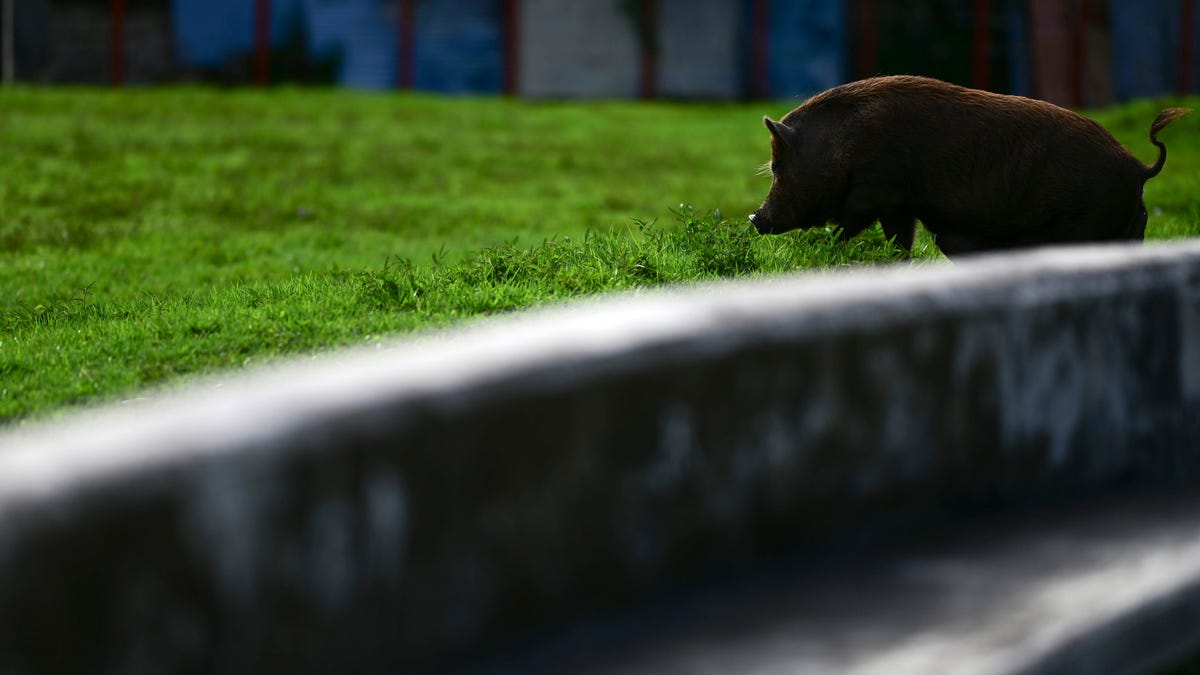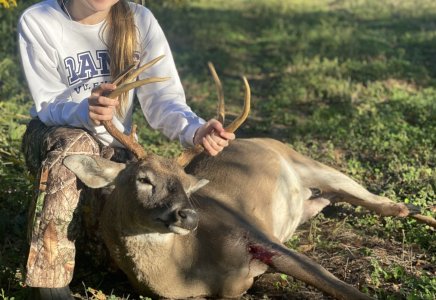I know in years without a decent acorn crop, they eat 25 acres of wheat/clover to the dirt. To be honest, our southern deer are not going to die of starvation during the winter - our worst stress period is late summer as opposed to winter. However, even our southern deer respond to food resources - showing better health during good acorn years, higher weights, and better fawn recruitment - so premium food supply does manifest itself in healthier bucks, does, and fawns - which can pay dividends down the road. Then, add in the fact that with post rut doe harvests, your bucks waste their energy breeding a doe soon to be killed. Combine that with the potential loss of some of the best genetics when the bull of the woods could have bred a doe that could successfully produce the next bull of the woods - only for her to be turned into hamburger 45 days after breeding.




